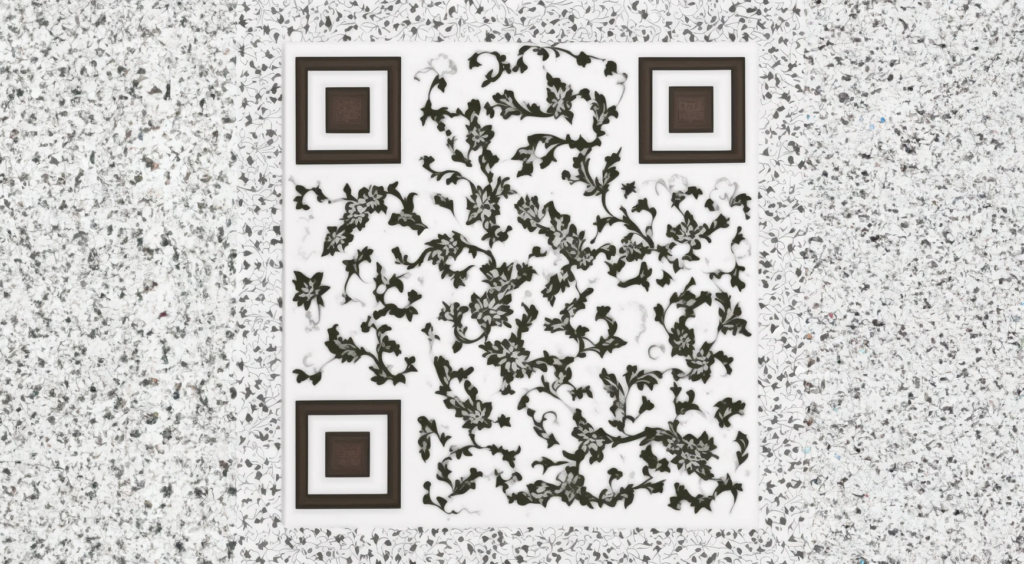01: Web Design Meets AI Magic

Imagine creating a stunning website without writing a single line of code.
Sounds too good to be true, right?
With AI-driven tools like Framer 🔗, this is now a reality. Framer is revolutionizing the web development process by allowing users to design, prototype, and create responsive websites using AI.
Framer’s AI algorithms optimize design elements, offering a unique user experience. What’s more, you can start with a beautiful AI-generated version of your site and then dive in to customize it to your heart’s content.
If you’ve ever used a website builder like Squarespace or Wix, this will feel familiar, but the magic is in removing all of the decision fatigue.
This is particularly exciting for small businesses, as it means being able to create professional websites with reduced costs and time when you need to get the job done quickly.
But Framer doesn’t stop at just design and layout. It offers powerful features like Content Management Systems (CMS) for running blogs, Search Engine Optimization (SEO) for lightning-fast, globally optimized sites, and plugins to connect your site to popular apps.
And the best part? You can publish for free on their domain to launch something in minutes.
Now, let’s talk about why this matters.
For startup and small businesses, this is truly a game-changer. It means that even without a big budget or a team of developers, you can have a website that looks professional, is highly functional, and can compete with the big players in your industry.
However, as with any technological advancement, considerations must be made, like: How much control do you have over an AI-generated site? Is there a trade-off between ease of use and customization? How flexible can I be? What if I want to transition to a different platform? These are all questions we must ask ourselves before diving directly into it.
In today’s fast-paced world, tools like Framer empower creatives and small business owners to take control of their online presence without needing extensive resources.
02: QR Codes Reimagined as Art

QR codes have been around for a while, primarily used for practical purposes like sharing links or contact information. But have you seen that QR codes are now a canvas for artistic expression?
Recently, I came across a tweet by Rowan Cheung 🔗 that stopped my scroll. It showcased an artwork that integrates a ControlNet QR code. This innovative approach marries art with functionality, as the QR code can still be scanned to reveal information and works even when you don’t expect it to.
Now, let’s dive a little deeper. ControlNet QR codes are explained in this blog post by Matt Rickard 🔗 and are a new kind of QR code that can be integrated into images without ruining the aesthetics. They are less intrusive and can be customized to fit the design of the artwork.
For small businesses, this opens up a world of opportunities.
Imagine creating promotional materials, business cards, or product packaging with QR codes seamlessly blended into the design. Not only does this add a creative touch, but it also provides a functional element for sharing information with customers.
The more I sit back and consider why this is so fascinating; it dawned on me the reason I’m so blown away is due to the fact we’re all trained to see QR codes as ugly, functional and as a utility with the minimum amount of effort. A significant paradigm shift in AI is re-imagining what used to be hard/impossible to easy and this is no exception.
In an age where creativity and innovation are at the forefront, tools like Stable Diffusion Art 🔗 and Hugging Face’s QR Generator 🔗 which allow for creating your artistic QR codes like these, empower businesses to think outside the box or think about a new box altogether.
03: AI-Powered Fitting Rooms Arrive

We all know that online shopping has its perks, but the uncertainty of how the clothes will actually look on us often holds us back. Enter Virtual Try-On technology powered by AI, and suddenly everything changes.
Google recently announced its Virtual Try-On for apparel, which uses generative AI to show you how clothes look on models with different body shapes and sizes. The technology pays attention to the subtle details, like how the fabric drapes, folds, clings, stretches, and wrinkles.
This is achieved through a new generative AI model that produces life-like portrayals of clothing on people, and it’s wild.
Let’s break down how this magic happens without getting too technical (I asked ChatGPT to explain it to me like I’m 5; pro-tip).
Imagine you have a picture and add little dots and scribbles until you can’t recognize the original photo anymore. Then, you begin erasing those dots and scribbling bit by bit until the original picture comes back, but this time it looks even better and more realistic. That’s what Google’s AI does but with clothes and people.
In other words: Google’s AI takes a picture of a piece of clothing and a picture of a person. It then intelligently combines these pictures to create a new image of the person wearing the clothing. And it does this so well that it looks like a real photo. The clothing adjusts to the person’s pose and body shape, and you can see all the little details, like how the fabric falls and stretches.
For small businesses in the fashion industry, this is incredible. It means providing customers with a more realistic and personalized shopping experience without setting foot in a store. This could lead to higher customer satisfaction and potentially fewer returns.
But here’s something to consider: As AI continues to evolve in the fashion industry, what does this mean for the traditional in-store shopping experience? Will virtual fitting rooms become the norm? And how can small businesses leverage this technology to stay competitive?
Virtual Try-On technology is just one example of how AI is transforming how we shop. It’s exciting to think about what other innovations are just around the corner.
Is this the future of fashion shopping, or is there still a place for the traditional fitting room?
